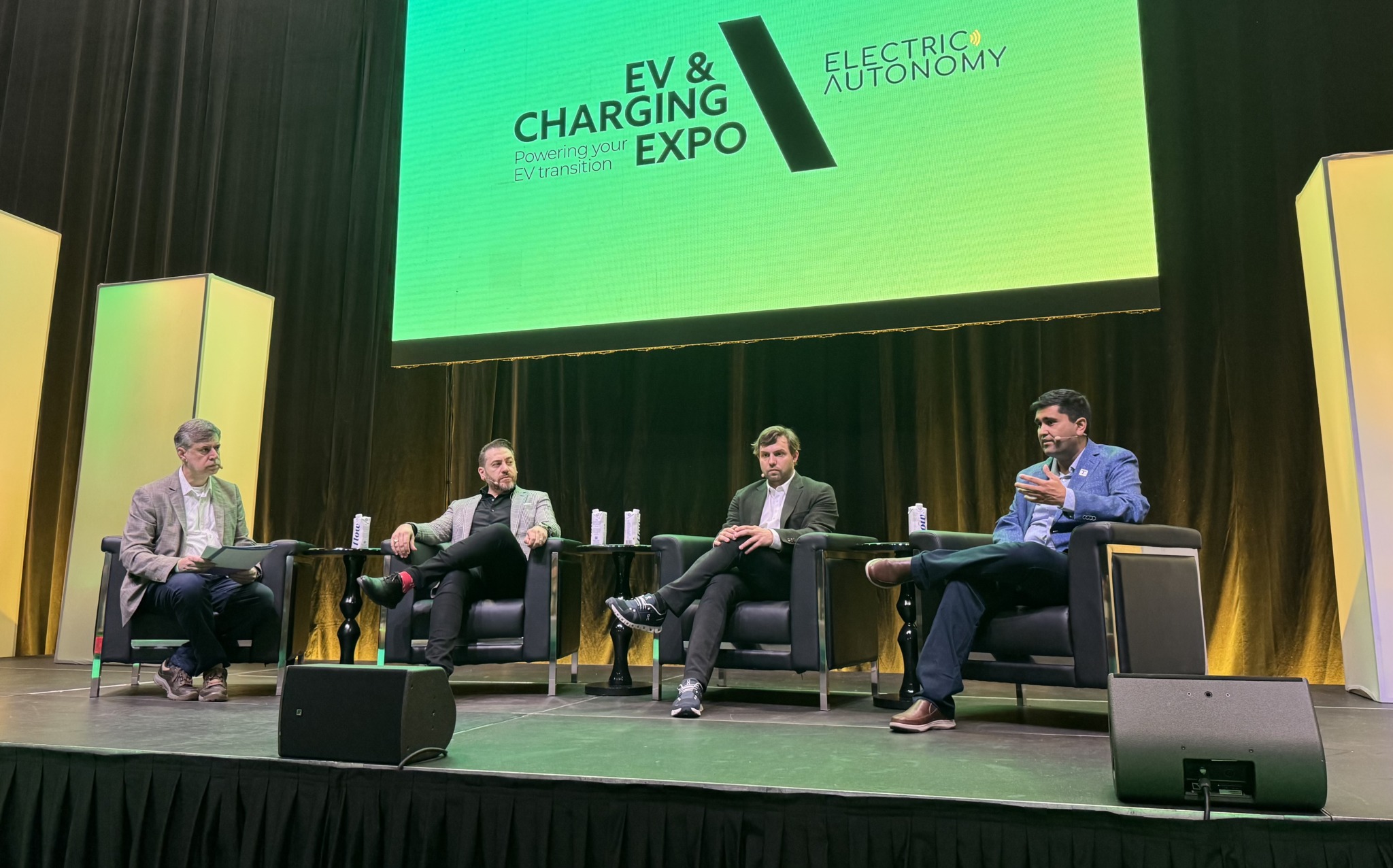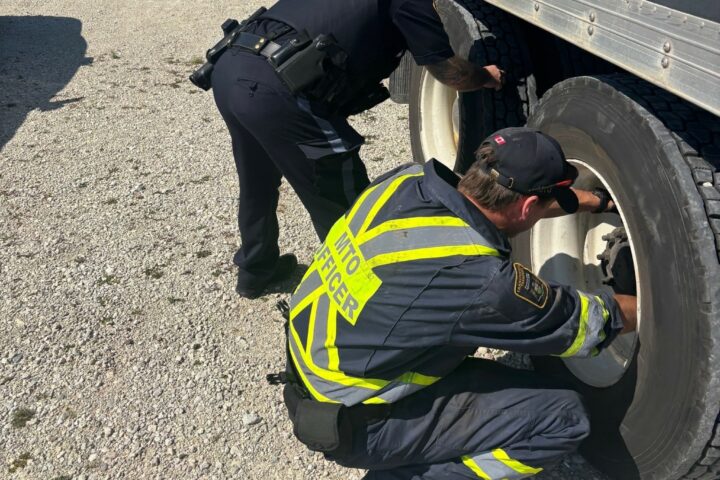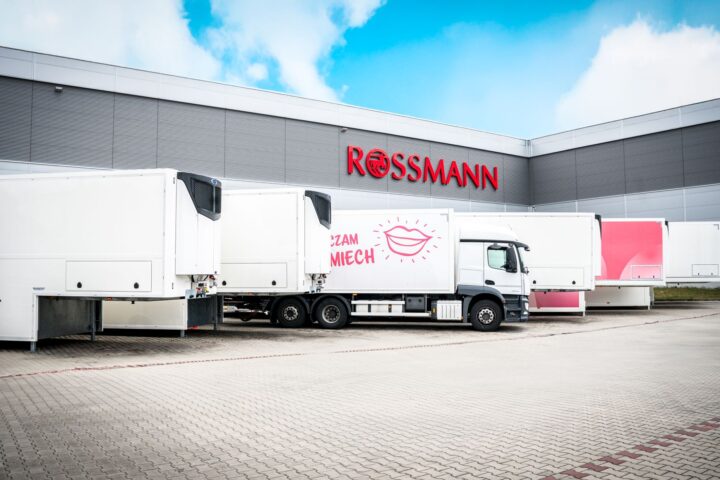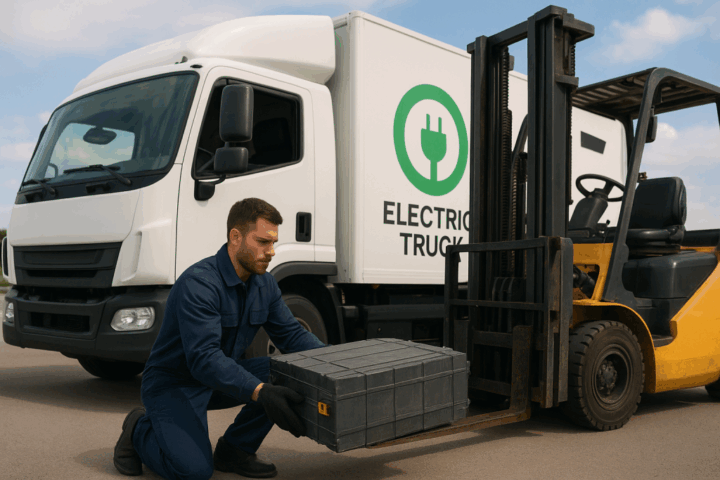Electric truck technology is ready — but scaling it, particularly for longhaul operations — will require coordinated infrastructure development, cross-sector partnerships, and service-based models that reduce risk for fleets, panelists said at the EV & Charging Expo in Toronto on May 15.
Executives from Terawatt, Schneider Electric, and Propulsion Québec said the real challenge today is coordinating energy systems, government support, and commercial risk — not developing vehicles themselves.
“In the last few years, we’ve put a lot of emphasis on trucks. [Now] we need to put a lot of emphasis on charging. That’s where we’re at,” said Alexis Laprés-Paradis, vice-president of development and operations at Propulsion Québec.

While California is scaling up charging corridors with government and private sector support, Canada is still in the early stages of building a similar network. Projects like Propulsion Québec’s corridor between Montreal and Quebec City demonstrate the value of regional coalitions — involving utilities, fleets, site owners and governments — to overcome fragmented infrastructure and funding barriers. But panelists agreed that widespread adoption will only follow if infrastructure is designed to be reliable, flexible and scalable.
Consortiums mitigate risk, secure government support
“In Quebec, there’s this thing called winter,” said Laprés-Paradis, as he described the group’s 300-kilometer electric truck corridor between Montreal and Quebec City and the challenges of operating electric trucks in Canada. “We want to maintain a service level equivalent to what a traditional diesel fleet would have.”
The project — which includes eight trucks now, including two 18-wheelers — relies on a range of partners, from telematics company Attrix to the government of Quebec, Hydro-Québec, and charging infrastructure companies. Laprés-Paradis said that model is essential to reducing risk and accessing public funding.
“Different types of stakeholders will be happy to take different types of risks. A site owner will be able to take different risk than a charging infrastructure provider, for example. So having all of these different stakeholders shows a great image to government authorities. They see that it’s a unified project,” Laprés-Paradis said. “They see that there’s a lot of people from different industries, from different companies, working together. So it’s easier to come and ask for sizable financing, and investors will be also happy to see that there’s this cohesion in the ecosystem.”
Propulsion Québec is now wrapping up feasibility work on a proposed 800-kilometer corridor from Quebec to Toronto. But success will depend on finding willing partners — including fleet operators prepared to pilot one or two trucks and infrastructure providers with sites large enough for 18-wheelers. For their initial electric truck corridor project, they are focusing on lighter, more manageable cargo types like parcels, rather than heavy industrial loads.
Service-based models matter
A recurring theme in the discussion was the need to simplify the electrification process for fleets. Both Schneider and Terawatt emphasized that bundling infrastructure, financing, and operations into an “as-a-service” model is essential — particularly for fleets unwilling to take on the up-front risk.
That is useful not only for those starting the electrification journey but also for more hesitant fleets and owner-operators that don’t want to buy the truck just to do a pilot — instead, they’re looking for flexible arrangements that let them test electric trucks without major financial investment. In California, for example, leasing models and EV-as-a-Service programs are emerging to meet that demand.
Schneider Electric has been offering similar service-based options for transit agencies and is now bringing those models to the freight sector.

“We offer the energy as a service, which means we’ll take care of financing everything, even the trucks, the infrastructure, and then we bring in partners for the design, build, operate and maintain,” said Michael Habouri, Schneider Electric’s strategic marketing and innovation leader.
That model also offers fleets stability in a volatile market — not only by reducing risk, but also by helping customers meet their decarbonization goals in a way that scales. Habouri added that trust is key to making that work.
“Trust could be delivered through data. And the interesting thing is, through these projects, there’s already multiple data sets collected to demonstrate the feasibility,” he said. “They will have to trust the data and start on a smaller scale. I think they need to just recognize that they’ll have to scale up with time.”
Infrastructure reliability, megawatt charging are key
Raman Thapar, senior vice-president of technology at Terawatt, said California’s success has come from a combination of regulation and strong incentive programs that drive vehicle adoption and infrastructure build-out. But scaling requires a reliable system that simplifies fleets’ daily processes and operation.
“We’re already seeing proof points,” he said, referring to Terawatt’s first heavy-duty charging site launched a month ago, and lessons learned.
Fleets, Thapar explained, need reliable charging and predictable access to it — something Terawatt says it addresses with reservation systems and vertically integrated services.
“We’re basically telling [fleets] that all you need to do, really, is buy the EV, and then we’ll take care of all of the rest of the complexity,” Thapar said.
The greatest barrier today isn’t charger hardware, but the energy supply behind it, Habouri argued when talking about EV charging infrastructure, specifically, megawatt charging.
“Now, the beauty of it is that it’s available…But there’s a ‘but’ behind it, and it’s the word megawatt,” he said, noting that energy availability and cost vary dramatically across provinces.
In Ontario, for example, global adjustment charges and peak-period load restrictions make energy planning more complex, unlike provinces like Quebec or B.C., which he described as more straightforward due to more predictable and available clean hydro.
“We’re quite lucky. We have clean hydro. You can negotiate with Hydro Quebec and request X amount of megawatts, but recognizing that there will be a scale-up time and having these discussions with them is critical.”
Habouri also stressed the need for micro-grids, on-site generation, and battery storage systems that can help reduce energy bills and ensure uptime — especially when total cost of ownership is still a concern for fleets.
To help fleets and developers plan, Schneider uses ‘digital twins’ to simulate grid interaction and load behavior. The company is also piloting transformers that combine AC/DC conversion in one unit.
Terawatt’s Thapar also addressed the ongoing discussion about dual combined charging system (CCS) and the newer megawatt charging standard (MCS). While dual CCS — already being demonstrated by manufacturers like Windrose — can help bridge infrastructure gaps today, Thapar said megawatt charging will be the long-term solution, especially as charging sites get busier and faster turnaround becomes critical.
“In a high-utilization scenario where there’s a lot of EV trucks, you can’t really afford to just leave one line vacant,” he said, “I do believe megawatt is the future, just because it is expandable, much more than, let’s say, a dual CCS.”
Longhaul electrification timeline
When asked about the timeline for longhaul electrification, both Thapar and Propulsion Québec’s Laprés-Paradis pointed to 2027–2028 as the anticipated launch window for viable long-haul battery-electric operations.
Thapar said vehicles like the Tesla Semi and Windrose trucks are showing early promise. Faster charging will be essential, with megawatt-scale systems eventually allowing trucks to recharge faster, taking almost as much time as refueling a diesel truck.
Laprés-Paradis said Quebec had just 1,200 electric medium- and heavy-duty trucks out of 180,000 total vehicles as of last September, reinforcing the scale of the opportunity. “So there’s a lot of room to grow and for those trucks to be adopted. And for those EV trucks to be adopted, you need infrastructure,” he said.













